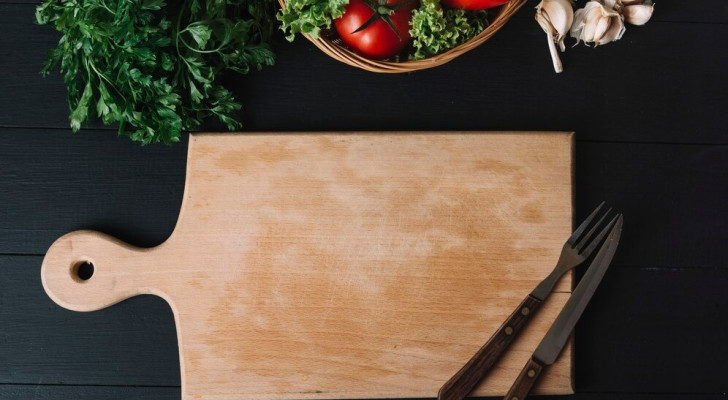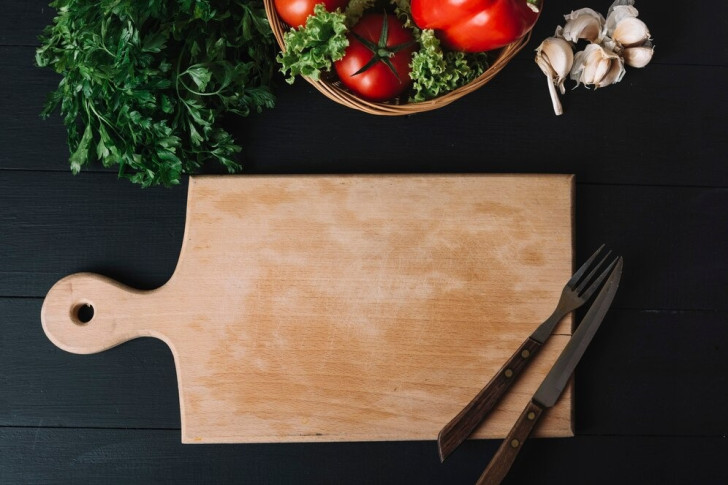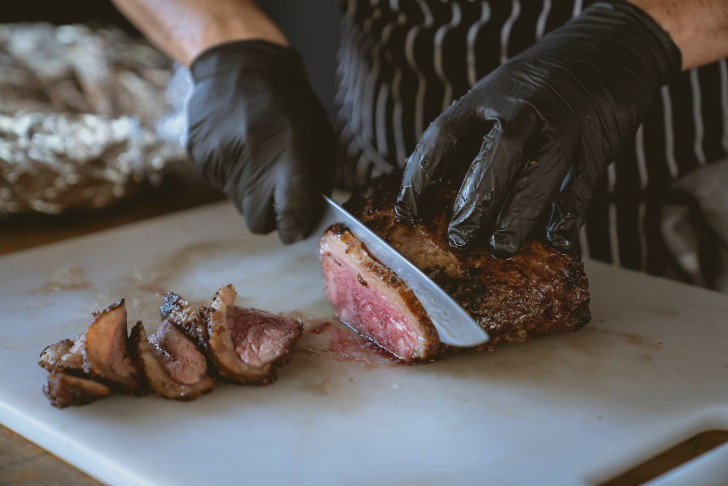Discover the secrets to keeping wooden and plastic cutting boards hygienically clean

Incorrectly cleaning cutting boards can be a serious health risk as a large number of germs and bacteria can breed on the surface of these utensils. Given this, what are the best methods for thoroughly cleaning both wooden and plastic cutting boards?
How to clean wooden cutting boards

Freepik
Wooden cutting boards are the most difficult to clean as wood, being an organic material, is porous and allows germs and bacteria to "hide" in wood fibers (and all the wear-and-tear scratches and cuts that develop over time with use). In fact, due to the health risks posed by wooden cutting boards, they are no longer used in many restaurant kitchens!
The health risk is much more elevated if the same cutting board is used to cut vegetables and meat and/or fish on it.
The ideal is to use a different cutting board for each type of food, avoiding cross-contamination.
Where this is not possible, the maximum of care must be taken in the cleaning process of cutting boards.
To thoroughly clean a wooden cutting board:
1. Soak it in a basin/sink of hot, soapy water.
2. Scrub the board with a sponge to remove all food residue.
3. Rinse off thoroughly with clean, running water.
4. Dry the cutting board thoroughly with a cloth, making sure it is completely dry to avoid mold from forming.
5. Allow to air dry in an upright position.
A more thorough cleaning is required depending on the type of food that was cut on the cutting board. If, for example, you have cut raw meat on the board, it is a good idea to use hydrogen peroxide to disinfect it (or a mixture of vinegar and hydrogen peroxide). Once disinfected, you can proceed cleaning as describe in 1-5 above.
How to clean plastic cutting boards

Pexels
As we saw above, wooden cutting boards require involved cleaning efforts in order to ensure good hygiene.
For this reason, many are switching to using plastic cutting boards which are generally made of propylene and which allow for better hygiene - as well as significantly quicker cleaning procedures.
Cleaning plastic cutting boards can be done daily along with the regular dishes and/or by washing them in the dishwasher.
That said, if you used the board to cut meat on it, it is a good idea to scrub the surface with a solution of lemon juice and bicarbonate of soda, especially where there are knife score marks. Thereafter, proceed with a regular washing, as described above.
For even more thorough cleaning, which we recommend cleaning the board every two or three weeks, using a mixture of ethyl alcohol and water (washing normally afterwards).
By following this advice, your wooden and plastic cutting boards will remain perfectly clean and uncontaminated.